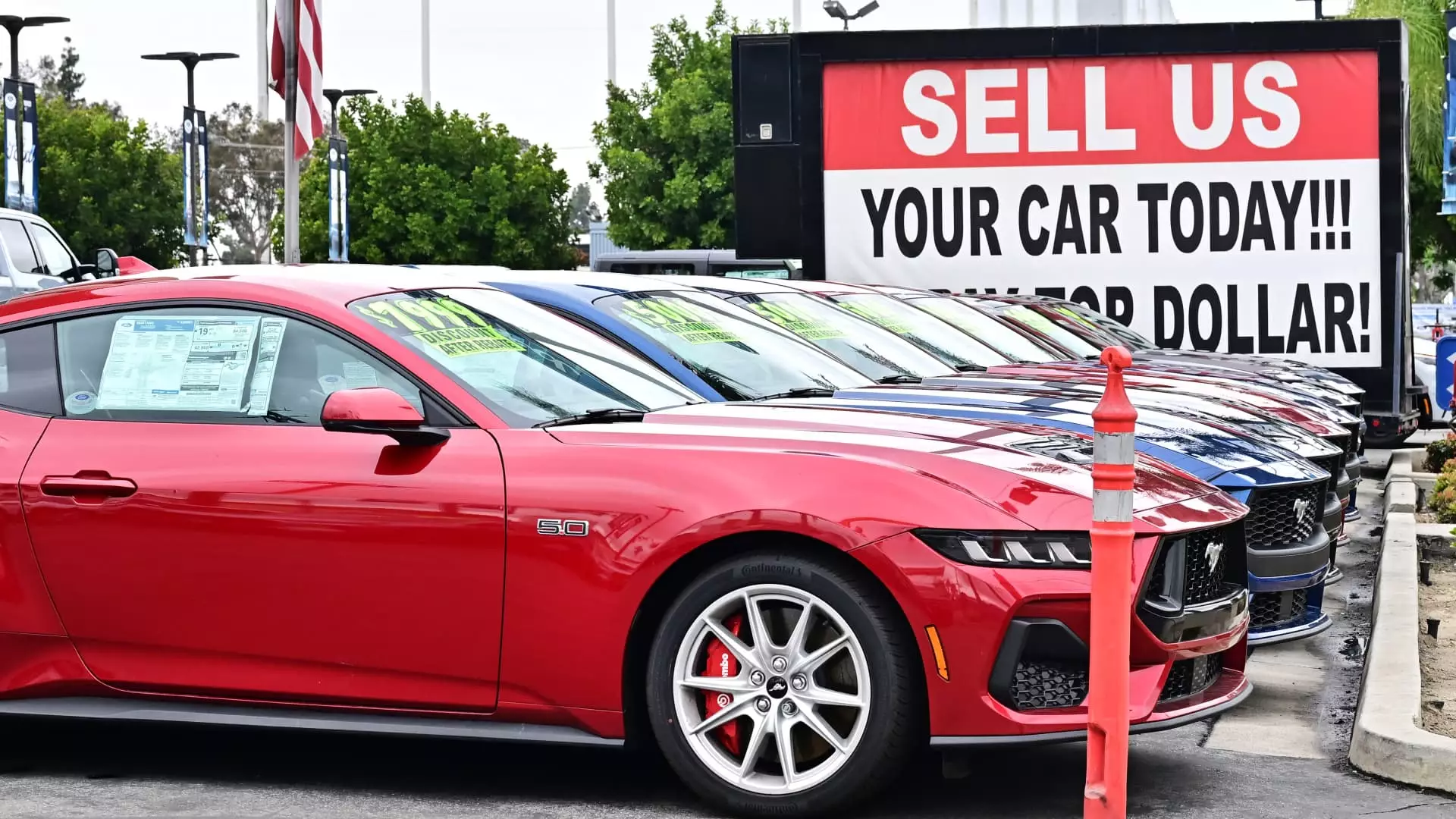In a surprising turn of events, the used vehicle market is showing signs of cooling after an unprecedented surge in prices, as reported by Cox Automotive. The Manheim Used Vehicle Value Index, a crucial barometer for tracking pre-owned car prices, saw a decline of 1.5% from April to May. Though this might seem like a minor dip, it starkly contrasts with the 4% increase observed over the past year. Such fluctuations in pricing reveal a crucial, yet often overlooked, narrative about consumer behavior and economic conditions at play. What was once viewed as a robust and inflexible market is now revealing underlying vulnerabilities that bloggers and industry experts cannot ignore.
The Impact of Tariffs on Consumer Behavior
One cannot pinpoint the cause of wealth disparity and the erosion of trust in institutions without considering the direct consequences of tariffs on new vehicles. Though the tariffs implemented during Trump’s administration predominantly target new imports, they reverberate throughout the entire automotive market, affecting used vehicle prices and sales dynamics. Consumers, fearing price hikes on new cars, rushed into the used market as a means of economic self-defense. This flawed logic has inflated prices artificially, leaving the very consumers it aimed to protect grappling with a distorted market landscape. As it turns out, the very strategies designed for protection may pave the way for further financial vulnerability.
Market Predictions: A Delicate Dance
Jeremy Robb, a senior director at Cox Automotive, pointed out that while wholesale appreciation trends were encouraging in April, the market had to give back some of that strength by May. Retail prices typically follow wholesale trends; however, they have not aligned as expected in recent years. The discrepancy indicates that consumers are increasingly feeling the pinch, struggling with affordability while facing a backdrop of high demand despite low inventory levels—the crux of a growing crisis. The 2.2 million used vehicles presently available is well below historical norms, thus escalating competition and keeping prices stubbornly high.
Consumer Sentiment: The Long Haul
What’s also critical to note is the shift in consumer habits. Americans are keeping their vehicles longer than ever before, a direct response to market pressures and production declines stemming from the pandemic’s fallout. This behavior reflects a broader sense of anxiety regarding financial stability, potentially stifling the overall economy. The automotive industry, while combating production challenges and minimizing supply chain disruptions, continues to underappreciate the looming concerns of an increasingly risk-averse consumer base.
The Road Ahead: Uncertain Terrain
With used vehicle prices fluctuating like a roller coaster, any semblance of stabilization may be temporary. As the market grapples with a complex blend of tariffs, production shortages, and consumer apprehension, we must confront a stark reality: the road ahead is riddled with uncertainty. The used car market, which serves as a lifeblood for many Americans, requires not just consumer confidence but also transparent industry practices to emerge from this turbulent period with resilience. The stakes have never been higher, and the time for meaningful action is now.

